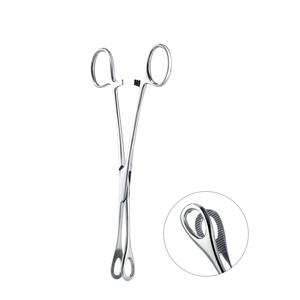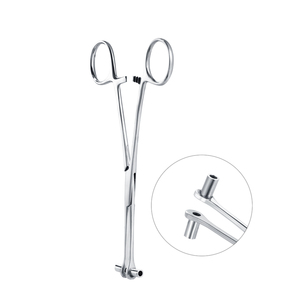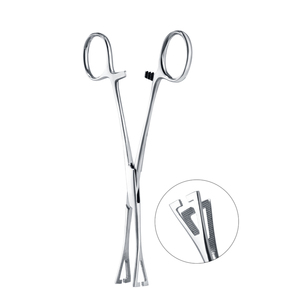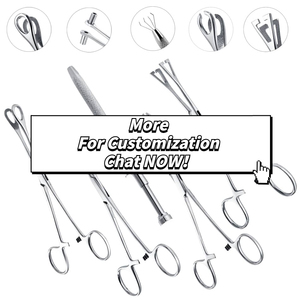Giới thiệu về công cụ xỏ lỗ dùng một lần
Ứng dụng. công cụ xỏ lỗ dùng một lần từ Alibaba.com và tạo một thiết kế độc đáo và sáng tạo. Chúng là một tờ giấy mỏng được dán trực tiếp lên da tạo đường viền cho nghệ sĩ làm việc bên trong. Chúng được chế tác bởi những nghệ nhân tài năng và sáng tạo. Những cái này. công cụ xỏ lỗ dùng một lần có sẵn ở các kích thước, kiểu dáng và hình dạng khác nhau để phục vụ cho nhiều khách hàng khác nhau.
Chúng giúp công việc dễ dàng hơn nhiều vì chúng tạo ra một đường viền nhất quán và gọn gàng. Chúng không bị nhòe hoặc phai giữa chừng trong quá trình xăm. Những cái này. công cụ xỏ lỗ dùng một lần an toàn khi sử dụng trên da mà không có nguy cơ phát ban hoặc nhiễm trùng. Khách hàng có thể sử dụng lại nhiều lần giấy nến mà không lo bị phai hoặc rách. Chúng là công cụ hoàn hảo để tạo ra những hình xăm độc đáo và nhanh chóng. Độ chính xác, đối xứng và dễ sử dụng khiến chúng trở thành công cụ xăm hoàn hảo.
Chúng được tạo ra bằng quy trình in lụa, theo đó các loại giấy được sử dụng là loại không xốp hoặc nhựa được phủ sơn mài hoặc gelatin hoặc thậm chí là keo. Giấy nến được sử dụng rất chính xác để tạo ra các thiết kế chính xác và rõ ràng. Họ làm cho việc lựa chọn thiết kế cho khách hàng dễ dàng hơn và góp phần vào việc phát triển ý tưởng của người dùng. Chúng là khoản đầu tư hoàn hảo vì chúng giúp thiết kế và vẽ các thiết kế dễ dàng hơn. Đang sử dụng. công cụ xỏ lỗ dùng một lần cực kỳ dễ dàng và hiệu quả. Alibaba.com có nhiều loại giấy nến với giá cả phải chăng.
Duyệt qua các ưu đãi tuyệt vời ở những nơi tốt nhất. tùy chọn công cụ xỏ lỗ dùng một lần. Chúng có sẵn tại địa phương và được bán theo chồng hoặc theo đơn. Đi qua Alibaba.com và tìm các sản phẩm chất lượng từ một loạt các nhà bán buôn và bán lẻ.




























